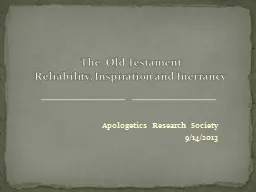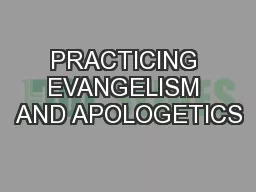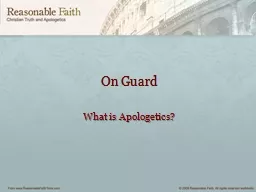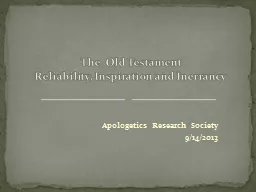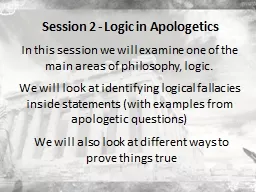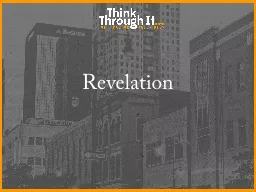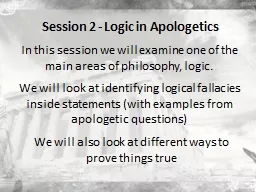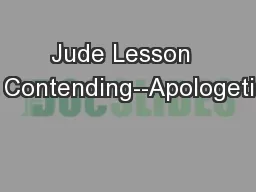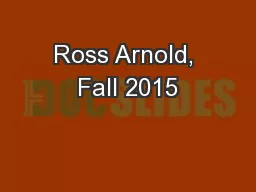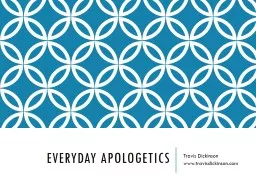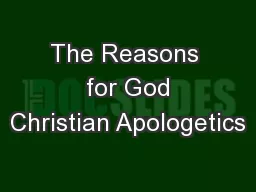PPT-Apologetics Research Society
Author : min-jolicoeur | Published Date : 2017-12-04
9142013 The Old Testament Reliability Inspiration and Inerrancy I Inspiration and Inerrancy II Text of the Hebrew Bible III Old Testament Canon IV Inspiration and
Presentation Embed Code
Download Presentation
Download Presentation The PPT/PDF document "Apologetics Research Society" is the property of its rightful owner. Permission is granted to download and print the materials on this website for personal, non-commercial use only, and to display it on your personal computer provided you do not modify the materials and that you retain all copyright notices contained in the materials. By downloading content from our website, you accept the terms of this agreement.
Apologetics Research Society: Transcript
Download Rules Of Document
"Apologetics Research Society"The content belongs to its owner. You may download and print it for personal use, without modification, and keep all copyright notices. By downloading, you agree to these terms.
Related Documents

